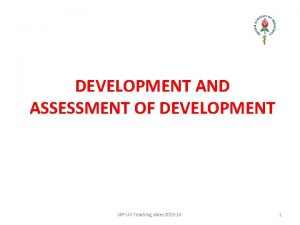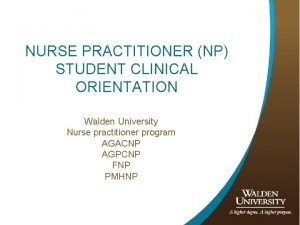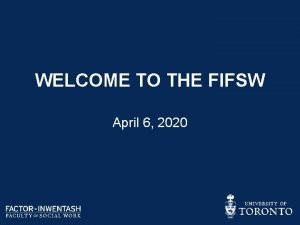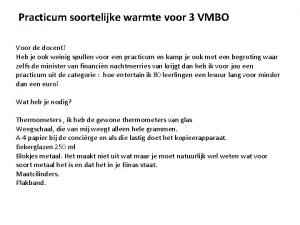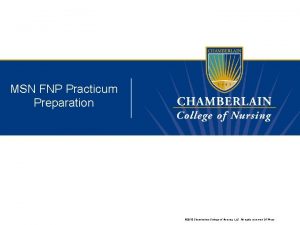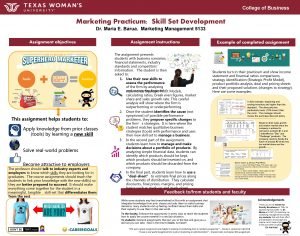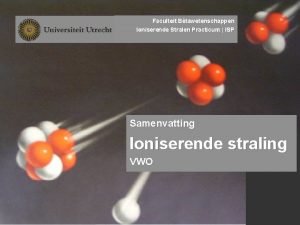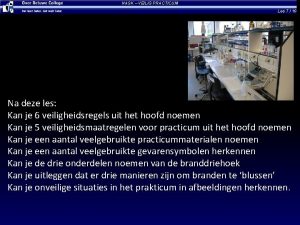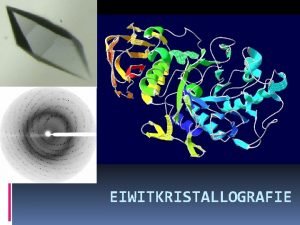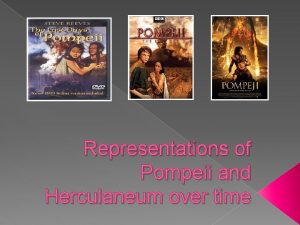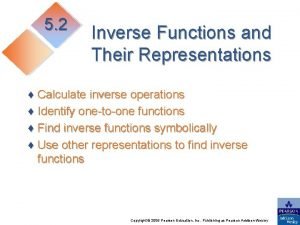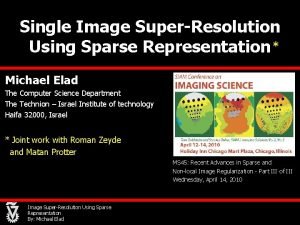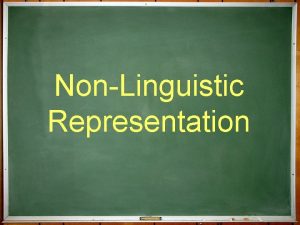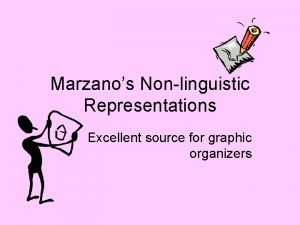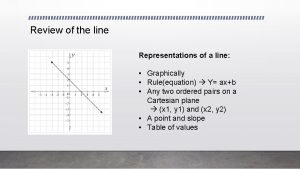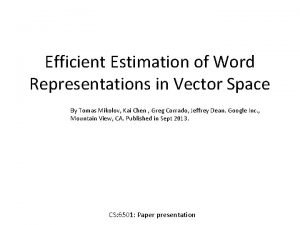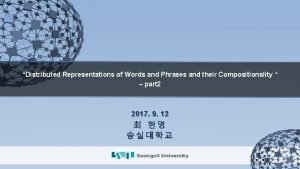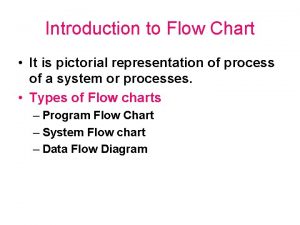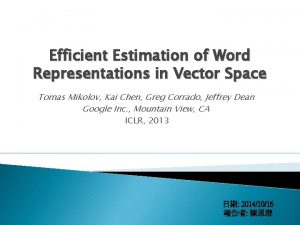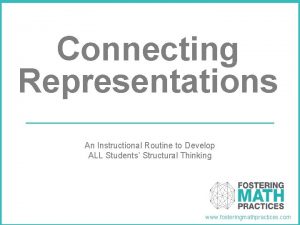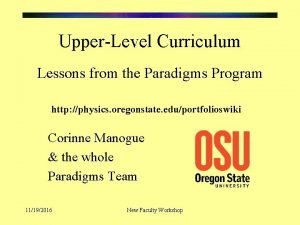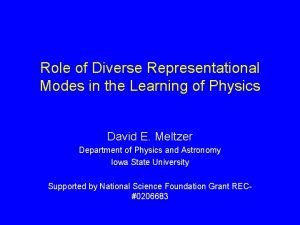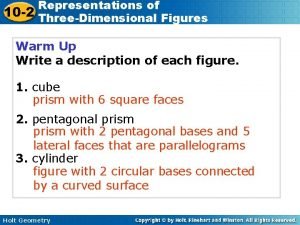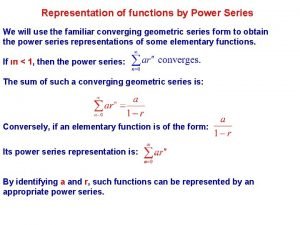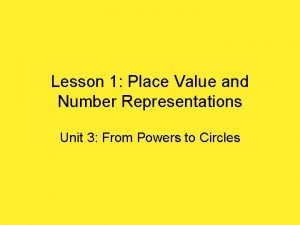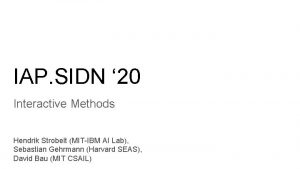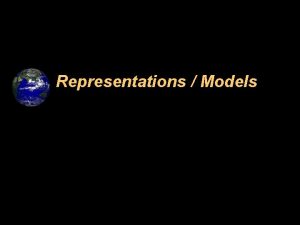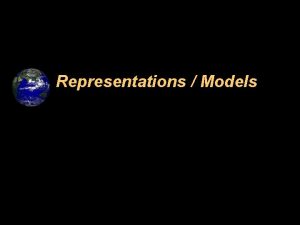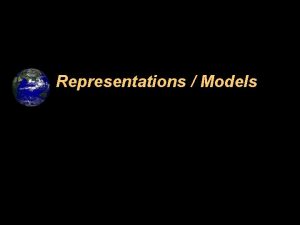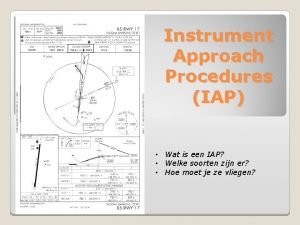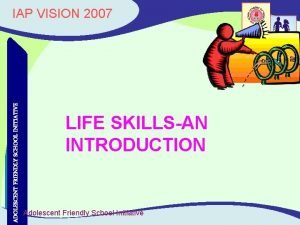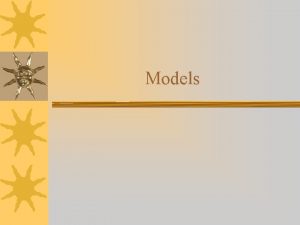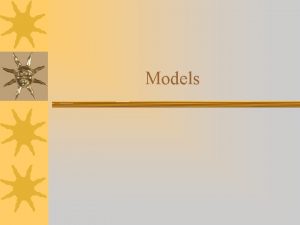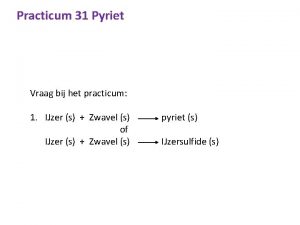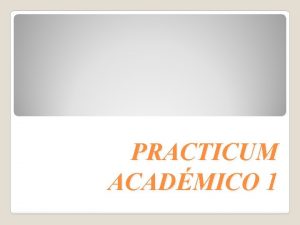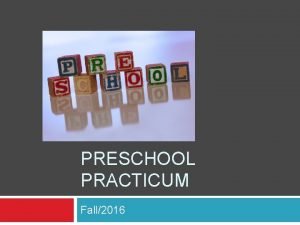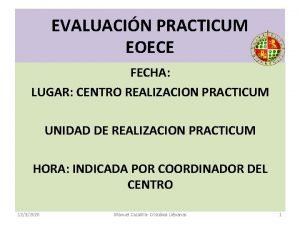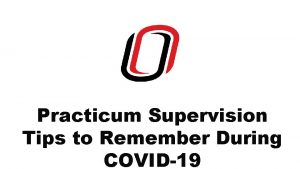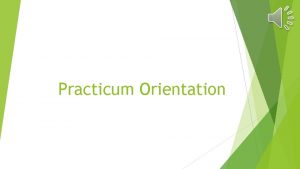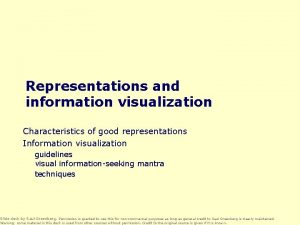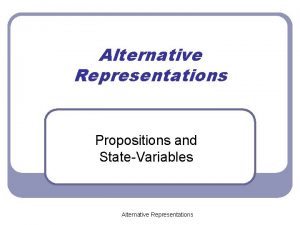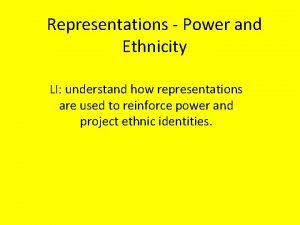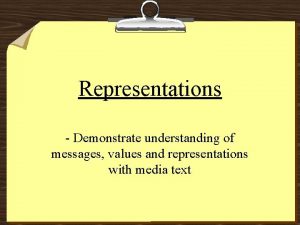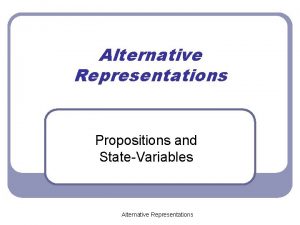Models and Representations SIDN An IAP Practicum 2020




































- Slides: 36

Models and Representations SIDN: An IAP Practicum 2020 David Bau, Anthony Bau, Yonatan Belinkov

Global explanations So far we have focused on explaining decisions: why does a model makes a certain prediction on one instance? This class is about explaining models: what does a model learn after it is trained? These are global explanations, pertaining to full models or model components and representations.

Background Before deep learning took over, we used to have feature-engineered models In vision: wavelets, Gabor filters, SIFT and HOG patterns In language: parts of speech, morphology, syntax, semantics Now we have end-to-end networks trained on input-output pairs Do all these features emerge naturally in networks? [Figure: universaldependencies. org]

Approach What does the network know? concept R: a representation from the model Q f Q: some query concept we care about f: R → Q: some computational model We need to define Q, R, and f. deep net R data representation

Vision We will look at a GAN model, trained unsupervised to generate realistic images.

Vision: probing segmentations Q: a semantic segmentation class R: a single convolutional filter within the network. f: R → Q: simple thresholding of a single filter.

http: //bit. ly/sidn-gandissect Vision lab bit. ly/sidn-gandissect

http: //bit. ly/sidn-gandissect Vision lab Exercise 1: visualize the representations directly. Are all the channels similar, or are some very different? (5 minutes)

http: //bit. ly/sidn-gandissect Exercise 1. Looking directly inside a GAN. Remember: the GAN is trained without supervision of any labels.

http: //bit. ly/sidn-gandissect Vision lab exercise 2. Exercise 2. What is represented? Run the segmentations. Do any of the channels correlate with concepts meaningful to a person? Remember the GAN is trained without supervision of labels. (5 minutes)

http: //bit. ly/sidn-gandissect Exercise 2. What is represented? Correlations with segmented concepts. How else can we test the representations of concepts?

http: //bit. ly/sidn-gandissect Vision lab exercise 3 Exercise 3. Test causal relationships. If a unit correlates with Q, can it alter the concept Q in the output? Goal: test the boundaries of causal relationships. (5 minutes)

http: //bit. ly/sidn-gandissect Exercise 3: Testing causal relationships Generated Tree units off Tree units on

http: //bit. ly/sidn-gandissect Vision lab exercise 4 Exercise 4: Comparing different objects How are objects such as doors or domes represented? Goal: causal experiments on the representations of different visual objects. (5 minutes)

http: //bit. ly/sidn-gandissect Exercise 4: Comparing different objects

http: //bit. ly/sidn-gandissect Vision lab exercise 5 Exercise 5. Compare the content in different layers and models. Goal: find if different types of concepts are represented in different layers. (5 minutes. )

http: //bit. ly/sidn-gandissect Exercise 5: comparing layers

http: //bit. ly/sidn-gandissect Comparing another model (classifier)

http: //bit. ly/sidn-gandissect Vision lab: solutions bit. ly/sidn-gand-solution

Language: probing classifiers Q: a linguistic property. We will focus on the part of speech of every word pronoun verb pronoun She det gave noun me raise R: word representations from a pre-trained language model f: R → Q: the probing classifier, such as a linear classifier a

Language: probing classifiers We will use BERT as our representation R A deep transformer language model that achieved state-of-the-art results in many NLP tasks BERT is trained to “fill in the blank”: She <MASK> me a raise gave [Figure: http: //jalammar. github. io/illustrated-bert/]

Language: probing classifiers We’ll analyze BERT-base: 12 layers 768 hidden dims 12 attention heads 110 M total parameters [Figure: http: //jalammar. github. io/illustrated-bert/]

bit. ly/sidn-probe Language lab bit. ly/sidn-probe

bit. ly/sidn-probe Language lab: Exercise 1: Training a probing classifier f on part-of-speech (POS) tagging Run the notebook Observe the resulting accuracy. What does it mean?

bit. ly/sidn-probe Language lab: Exercise 1: Training a probing classifier f on part-of-speech (POS) tagging Run the notebook Observe the resulting accuracy. Test accuracy: 91. 7 What does it mean?

bit. ly/sidn-probe Language lab: Exercise 2: Compare representations R at different layers Implement a separate probing experiment for each layer in BERT. Compare the POS accuracies from different layers. What do they tell us about what BERT learns about language?

bit. ly/sidn-probe Language lab: Exercise 2: Compare representations R at different layers Implement a separate probing experiment for each layer in BERT. Compare the POS accuracies from different layers. What do they tell us about what BERT learns about language?

bit. ly/sidn-probe Language lab: Exercise 3: Compare different probing models f Implement a non-linear probing classifier. Compare the POS accuracies from different layers with different classifiers. What do they tell us about what BERT learns about language?

bit. ly/sidn-probe Language lab: Exercise 3: Compare different probing models f Implement a non-linear probing classifier. Compare the POS accuracies from different layers with different classifiers. What do they tell us about what BERT learns about language?

bit. ly/sidn-probe Language lab: Exercise 4: Control checks for probing classifiers Implement a control experiment: predict random labels. Calculate the selectivity per layer, defined as the difference between real and control accuracies. What do they tell us about what BERT learns about language?

bit. ly/sidn-probe Language lab: Exercise 4: Control checks for probing classifiers Implement a control experiment: predict random labels. Calculate the selectivity per layer, defined as the difference between real and control accuracies. What do they tell us about what BERT learns about language?

bit. ly/sidn-probe Language lab: Takeaways Models like BERT learn a lot about various language properties Different layers learn different aspects to different extents Or rather: different layers make information more or less accessible Control checks can help separate f from R (but this is tricky) [Figure: Tenney et al. 2019]

bit. ly/sidn-probe-sol Language lab: solutions bit. ly/sidn-probe-sol

Semantic Tests can be used to Benchmark Unsupervised Training How can we tell if a model trained unsupervised learns anything interesting? Use semantic representation tests! Standard test in images: Q = imagenet classification. R = 2 nd-to-last representation layer. f = single-layer linear classifier.

Probing to look for sensitive concepts TCAV - training custom linear classifiers to probe specific concepts. Question: can representations reveal biases? TCAV: Kim, et al, 2017

Conclusion Do networks learn useful structure for extrapolating beyond what we explicitly teach them? 1. We can test their ability by training on one task T, and then querying the representation by using it to solve a different query task Q. 2. We can also test causal relationships between representations and outputs by performing interventions. Does Q → T in a sensible way?
 Developmental milestones chart iap
Developmental milestones chart iap Professional and ethical issues during internship
Professional and ethical issues during internship Dr jennifer walden
Dr jennifer walden Fifsw pas
Fifsw pas Soortelijke warmte water
Soortelijke warmte water Chamberlain fnp program curriculum
Chamberlain fnp program curriculum Cel practicum
Cel practicum Marketing practicum
Marketing practicum Hefa donostia
Hefa donostia Ioniserende straling practicum
Ioniserende straling practicum Veiligpracticum
Veiligpracticum Indampschaaltje
Indampschaaltje Modal and semi modal verbs
Modal and semi modal verbs A day in pompeii vimeo
A day in pompeii vimeo Cultural representations and signifying practices
Cultural representations and signifying practices Elevation map grade 12 maths lit
Elevation map grade 12 maths lit Maps plans and other representations of the physical world
Maps plans and other representations of the physical world Maps, plans and other representations of the physical world
Maps, plans and other representations of the physical world Elevation map maths lit
Elevation map maths lit Functions and their representations
Functions and their representations On single image scale-up using sparse-representations
On single image scale-up using sparse-representations Nonlinguistic representations
Nonlinguistic representations Generalization and example pattern organizer
Generalization and example pattern organizer Unit 1: media representations mark scheme
Unit 1: media representations mark scheme Representations of a line
Representations of a line Efficient estimation of word representations invector space
Efficient estimation of word representations invector space Distributed representations of words
Distributed representations of words Isa written representations
Isa written representations Flow chart is a pictorial representation of
Flow chart is a pictorial representation of Efficient estimation of word representation in vector space
Efficient estimation of word representation in vector space Connecting representations
Connecting representations Multiple representations
Multiple representations Multiple representations
Multiple representations Representations of three dimensional figures
Representations of three dimensional figures Representations of functions as power series
Representations of functions as power series D∞h character table
D∞h character table Place value representations
Place value representations
